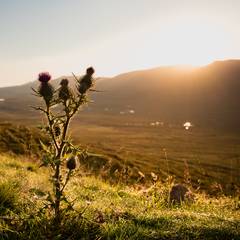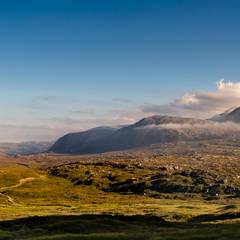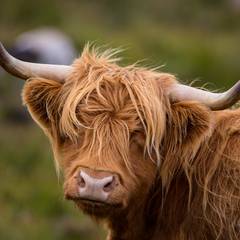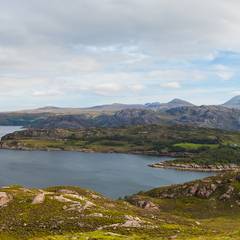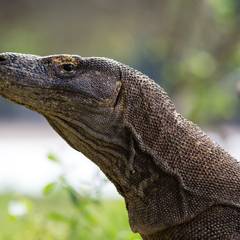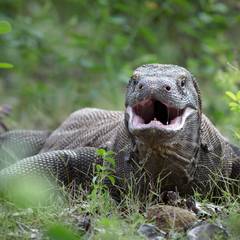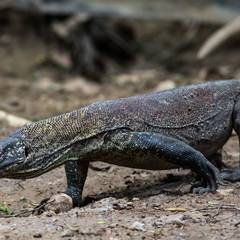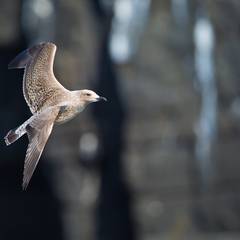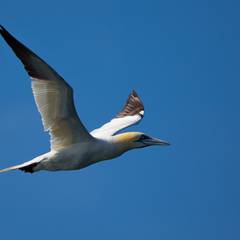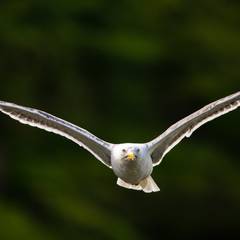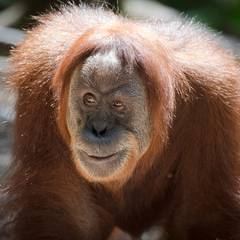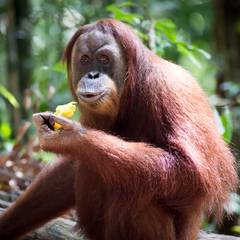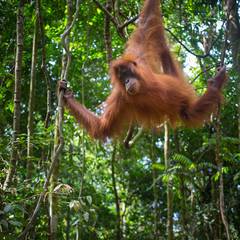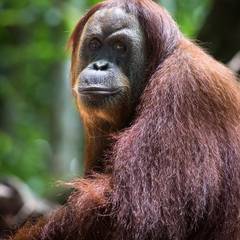I'd like to announce version 2.0.0 of PyFilesystem, which is now available on PyPi.
PyFilesystem is a Python module I started some time in 2008, and since then it has been very much a part of my personal standard library. I've used it in personal and professional projects, as have many other developers and organisations.
If you aren't familiar with PyFilesystem; it's an abstraction layer for filesystems. Essentially anything with files and directories (hard-drive, zip file, ftp server, network filesystems etc.) may be wrapped with a common interface. With it, you can write code that is agnostic as to where the files are physically located.
Here's a quick example that recursively counts the lines of code in a directory: continue reading…
